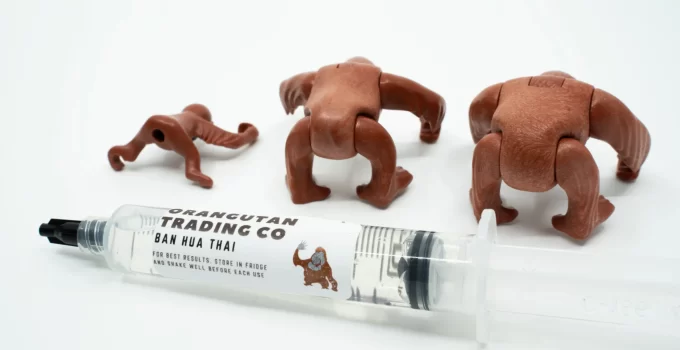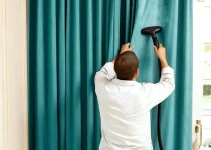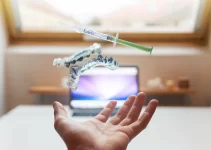Fungi are fascinating and we are able to learn more about them.
These organisms are among the most widespread on Earth and include yeasts, mushrooms, smuts and mildews.
The most well-known fungi are those that produce tasty medicinal or gourmet mushrooms. But there’s more to them than mushrooms.
The mushrooms are actually the fruiting bodies of a larger organism that is made up of delicate mycelium.
Continue reading to learn more about mushroom mycelium, why it is important, how to grow it, and what its health benefits are.
What is Mushroom Mycelium and how can it help you?
Mushroom mycelium, a thread-like body made of mushrooms, is often hidden beneath or in rotting stumps and logs.
The main body or part of the fungus is the mycelium. The visible mushrooms are the fruiting bodies it forms to aid in reproduction.
Mycelium is made up of thousands of tiny, thread-like hyphae. These hyphae join together to form an underground network that contains long fibers. This allows for the growth of organic matter and nutrients.
Fungi, like humans, need nutrients to grow. However, unlike humans, fungi can also get their nutrition from the environment.
Mycelium from mushrooms releases enzymes that reduce organic material. The small particles are then absorbed by their cell walls.
The longest-living part a fungus is the mushroom mycelium. It can be dormant for many years while it waits for the right conditions for mushrooms to grow and reproduce.
Is Mycelium Fungus Edible?
Some mycelium fungus can be eaten, and it has many health benefits, just like Golden Teacher Spores.
However, mycelium can be dangerous if it is not from edible mushrooms.
Can mycelium be harmful to people? Mycelium that is grown for human consumption does not pose a danger to people. Many health supplements also contain mushrooms mycelium.
Why is mycelium important?
Forest ecosystems are enriched by fungi. Their mycelium decomposes dead and decaying organic material, making nutrients available to trees and plants.
Some fungi can be mycorrhizal which means they have a symbiotic relationship to host plants.
These fungi supply nutrients to host plants in exchange for simple sugars that the plants make through photosynthesis.
Mushroom mycelium grows and absorbs nutrients, creating an underground network that connects fungi to plants.
It is believed that ecosystems would collapse without the mycelial network.
Suzanne Simard, a professor at the University of California, Berkeley, came up with “Wood Wide Web” in 1997 after realizing that trees were using mycorrhizal networks to communicate with one another.
Mycelium networks enable plants from different species to share nutrients, and warn one another about droughts, pests, and diseases.
It’s not just important for the role it plays in nature. It has many innovative uses in the world.
Six Innovative Uses for Mushroom Mycelium
Mushroom mycelium, a natural material made from mushrooms, is strong and durable. It can also be eco-friendly, sustainable, and renewable.
Innovators and scientists are always coming up with new ways to use mushroom mycelium. Here are some examples:
- Substitutes for meat
Mycelium-based food products reproduce the consistency and fibers of meat and take only 9 days to produce.
Mycelium produces nutritious, healthy food that is good for the environment and our health.
Mycelium growth is less carbon-intensive than traditional meat production and takes less space and water.
Mycelium meat substitutes do not contain any allergens and are a great source for protein because they contain all nine essential amino acids.
Mycelium meat substitutes include delicious mycelium-based bacon from My Forest Foods, and steaks from Meati.
- Durable Textiles
Mycelium is being grown using special techniques that can be used to create eco-friendly leather and synthetic textiles.
The final products are durable textiles with the appearance and feel of animal leather.
These textiles include a material called Mylo by Bolt Threads, and a leather substitute from MycoWorks called Reishi. It’s made with reishi mushrooms mycelium.
Mycelium leather has been used by designers to create shoes, bags, and clothing.
- Eco-Friendly Packaging
Mushroom(r), packaging is a new innovative packaging solution by Ecovative. It’s grown rather than manufactured.
This packaging is unique because it uses hemp and mycelium to grow custom-molded packaging that is 100% biodegradable.
It is a great alternative to polystyrene and plastic because it is strong, light and fire resistant, and can be added to soil in less than a month.
- Sustainable Building Materials
Scientists also created low-cost, environmentally-friendly building materials from mycelium and agricultural scrap.
Mogu offers a variety of decorative mycelium based acoustic panels that have impressive sound absorption properties. These are the first commercially available mycelium-based products.
Biohm, a UK-based company, has developed safe and healthy mycelium insulation panel that can be used for thermal and acoustic insulation.
- Coffins
Bob Hendrikx, a Dutch researcher, created the living Cocoon. This coffin is made of mushroom mycelium and was grown in seven days with local agricultural waste.
Mycelium coffins are not made from heat, unlike other mycelium products that use heat to kill mycelium. Instead, they contain living mycelium.
Groundwater activates the mycelium when you bury the coffin. The coffin is then broken down in 45 days.
These coffins can also be used to house bacteria and microorganisms, which help eliminate toxins from the body. This allows people to enrich the soil with their nutrients.
- Mycoremediation
Mycoremediation uses mushroom mycelium to remove pollutants to fix contaminated soils.
Mycelium from mushrooms releases enzymes that transform organic compounds such as leaves and wood into soluble nutrition.
These enzymes are also capable of breaking down chemical contaminants and pollutants, such as pesticides and hydrocarbons.
Mycelium from oyster mushrooms is excellent for mycoremediation, and it can also be used to break down pollutants.



